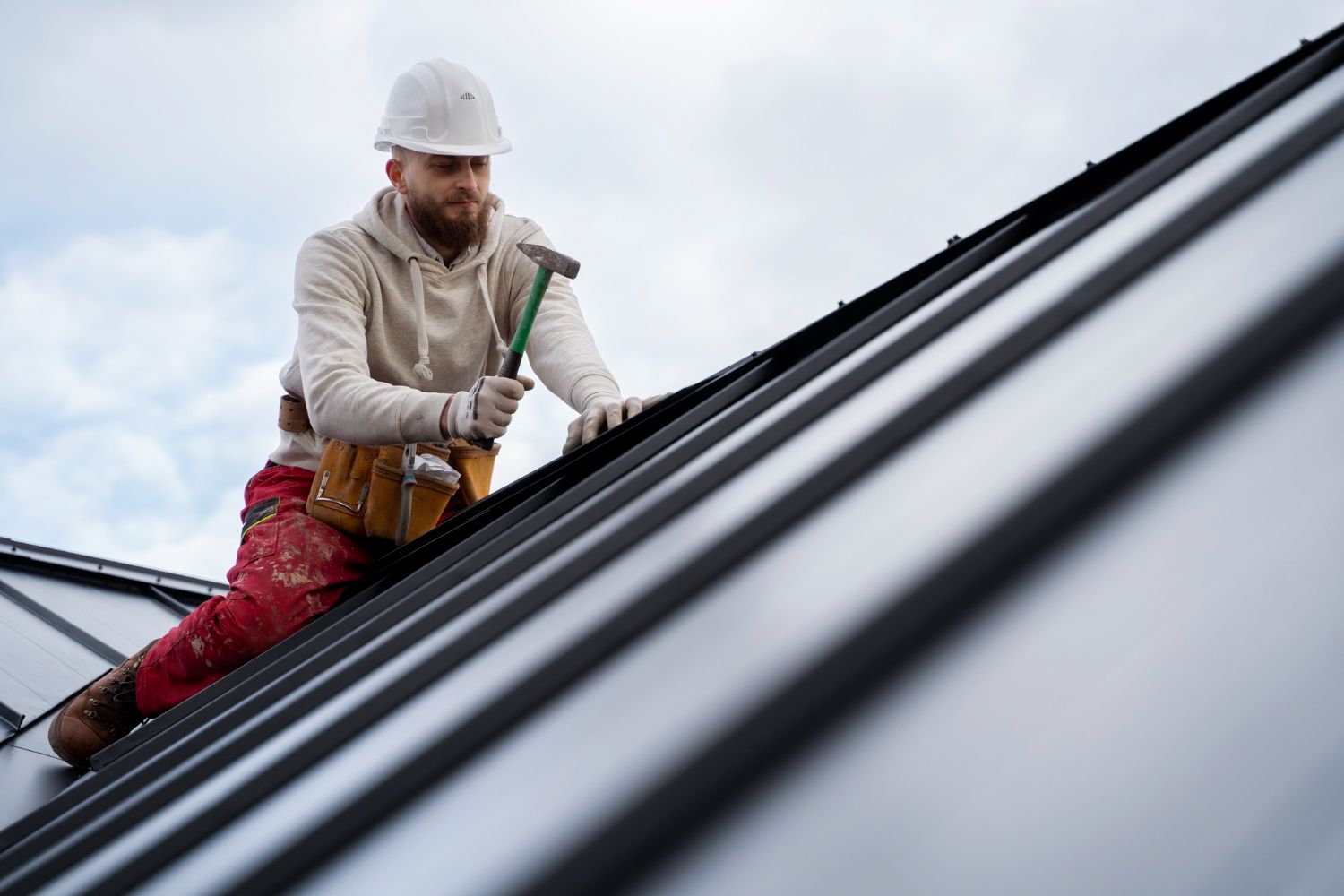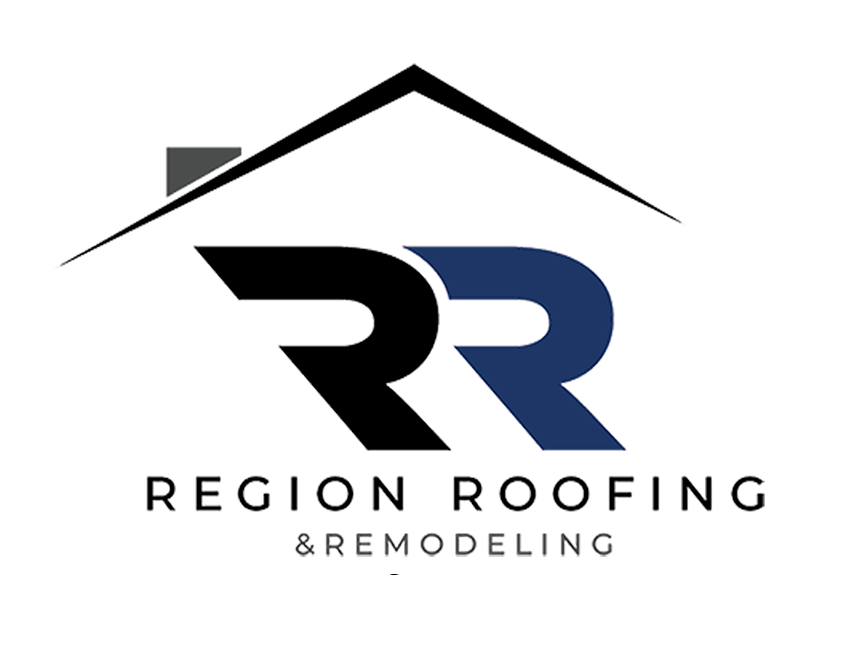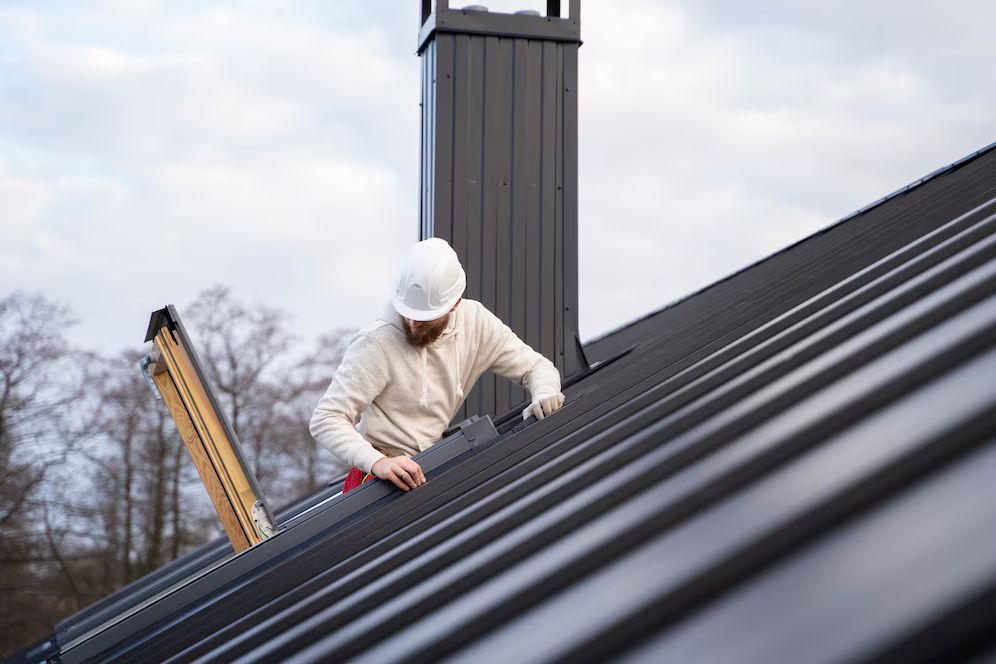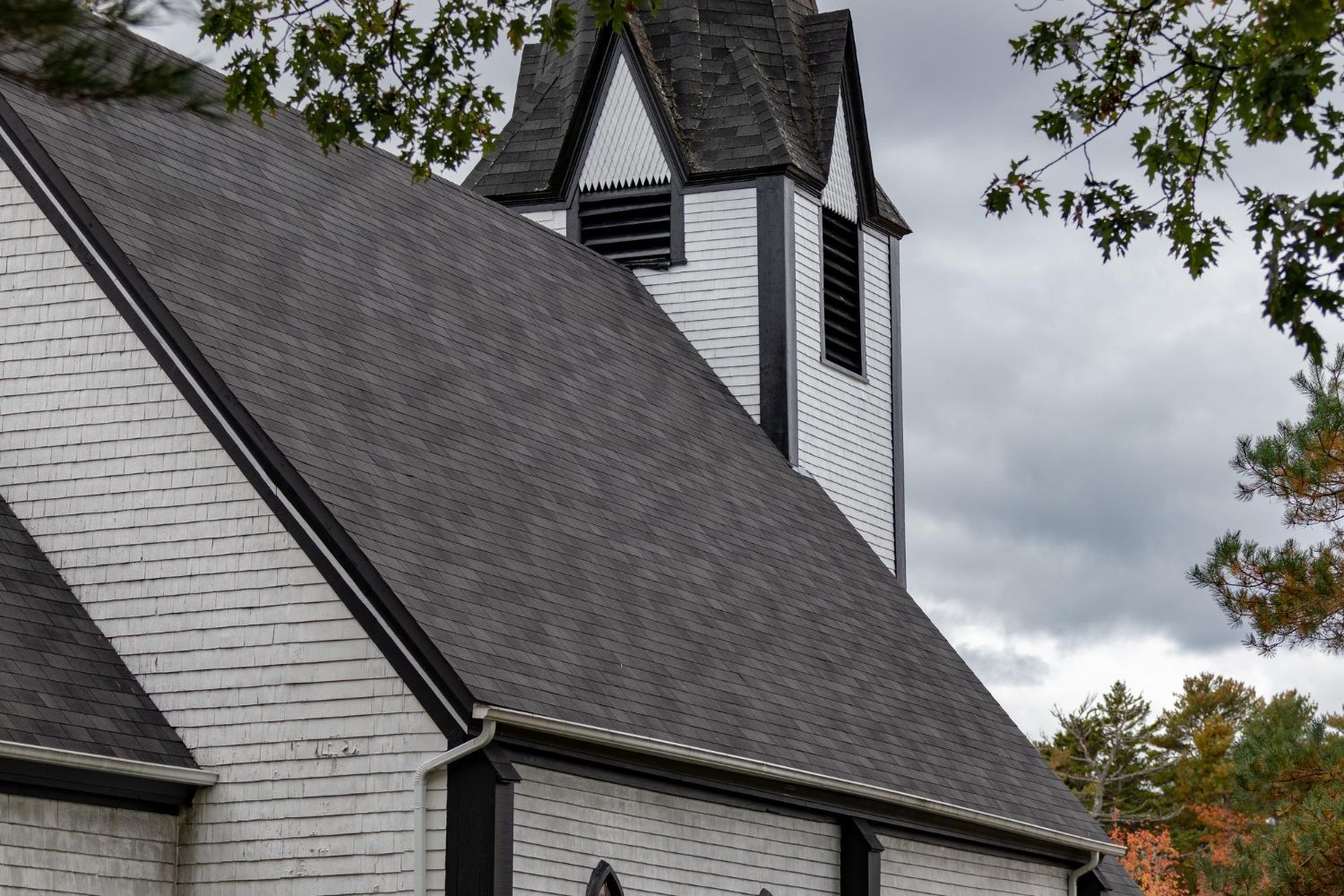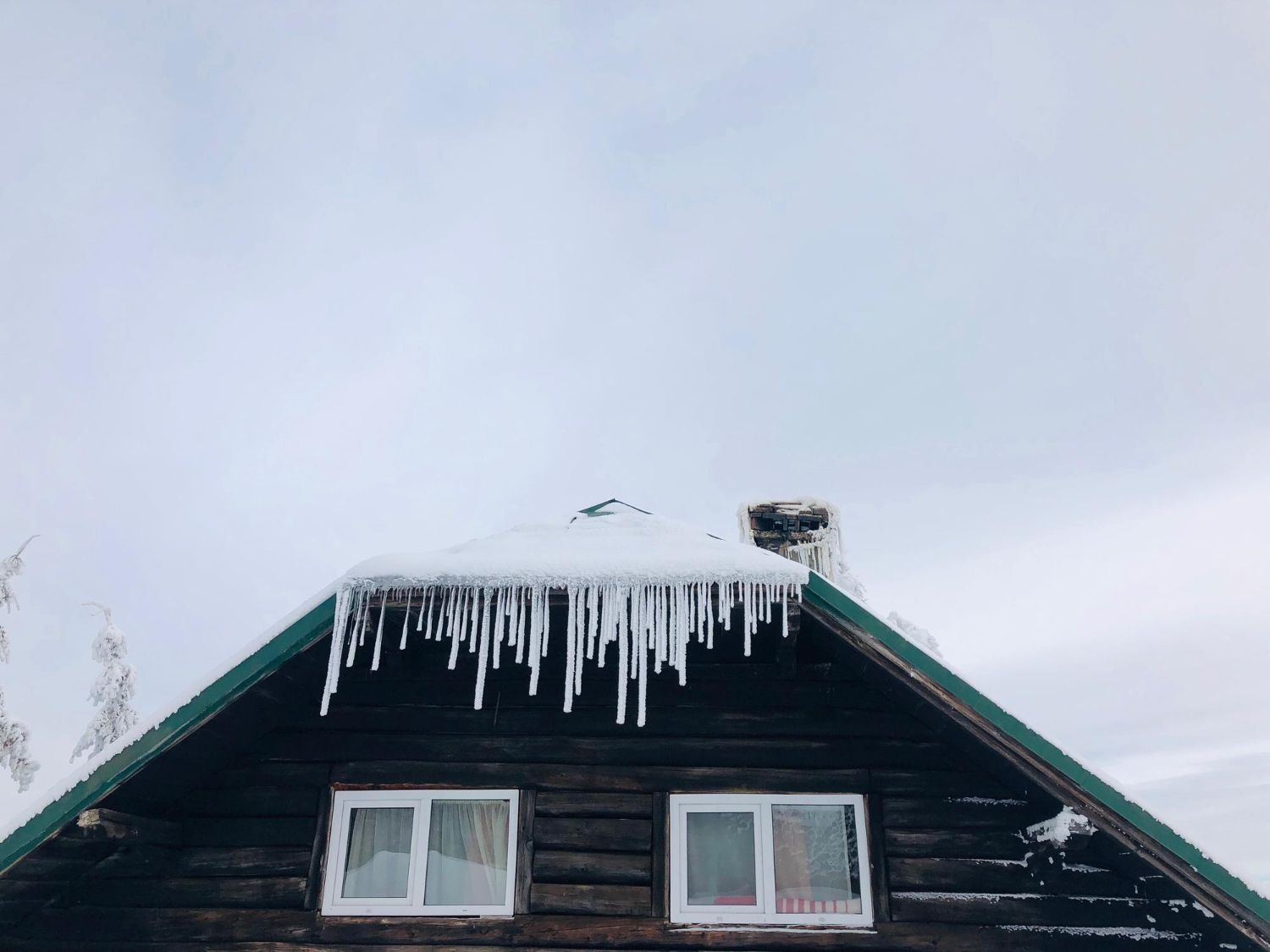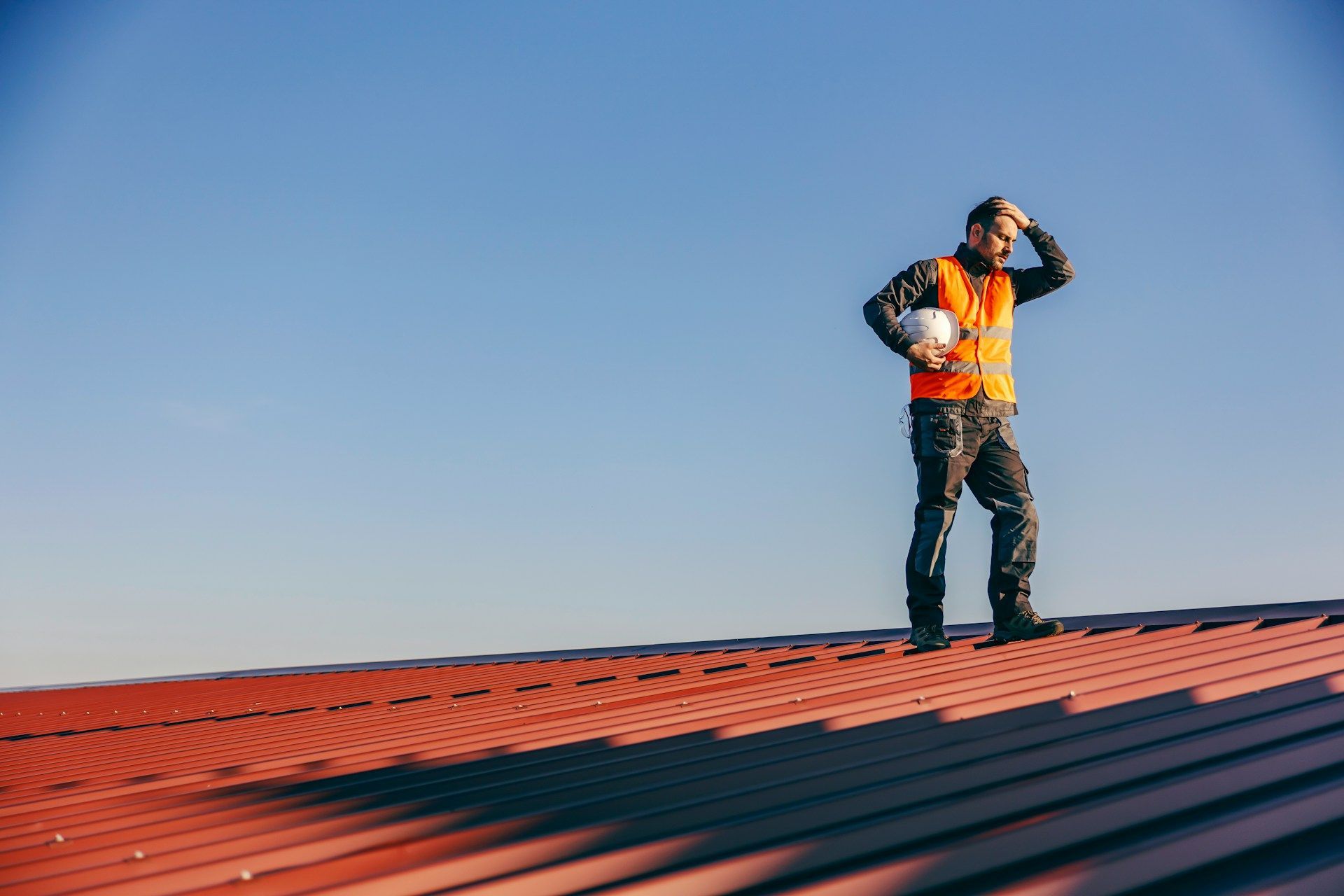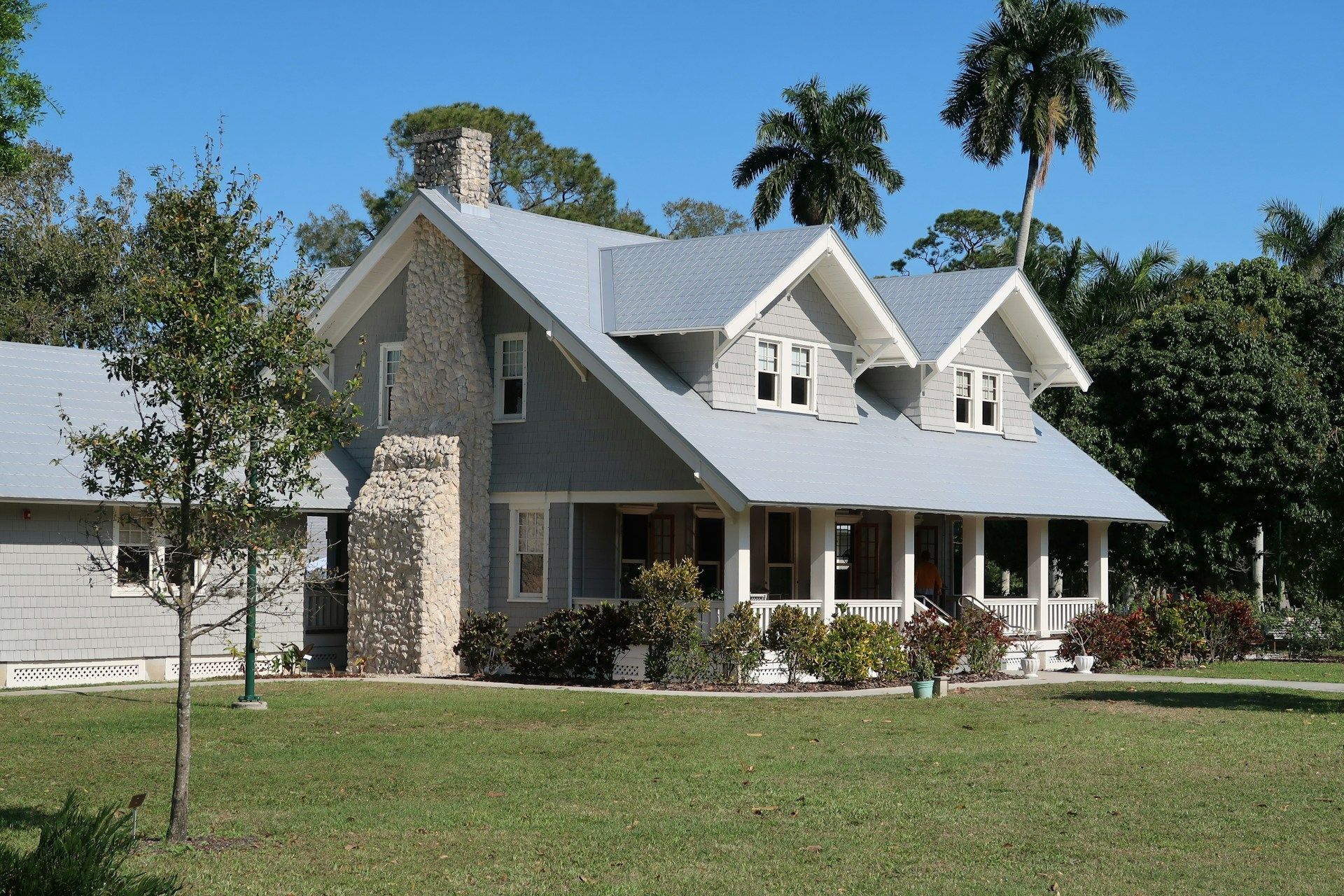How to Tell If Your Roof Needs Repairs
Knowing when your roof needs repairs is crucial for protecting your home. A damaged roof can lead to many problems, including leaks, mold, and high energy bills. By keeping an eye out for certain signs, you can catch problems early and prevent costly damage. It's important to understand what to look for so you can take action before the situation gets worse.
Your roof is exposed to harsh weather and other environmental factors all year round. Over time, these elements can cause damage that may not be obvious at first glance. Regular inspections can help you spot issues such as missing shingles, cracks, and other forms of wear and tear. Catching these signs early can save you from more expensive repairs or even a full roof replacement later.
In addition to visible damage, other signals like water stains on your ceiling or rising energy bills can indicate your roof needs attention. Understanding the age and lifespan of your roof is also a key factor in determining when repairs are necessary. By being aware of these indicators, you can maintain your roof's integrity and keep your home safe and comfortable.
Is Your Roof in Trouble? Key Indicators It Needs Repairs
1. Visible Signs of Roof Damage
One of the easiest ways to tell if your roof needs repairs is by looking for visible signs of damage. Regularly inspect your roof from the ground with binoculars or climb up safely with a sturdy ladder.
Look for missing, cracked, or curled shingles, which can indicate that your roof is aging or suffering from weather damage. Shingles that are in good condition should lie flat against the roof; any that are damaged or displaced need attention.
Another sign to watch for is debris buildup in the gutters. Check for granules from asphalt shingles, which look like coarse, black sand. Loss of granules can affect your roof's ability to protect your home.
Also, inspect for any moss, mold, or algae growth. These can trap moisture and cause the shingles to deteriorate faster. If you spot any patches of green, it's a good idea to have them removed and check for underlying damage.
Structural issues such as sagging or dipping in the roof can point to more severe problems. This can happen if the underlying decking is weakened by moisture damage or if the roof is supporting too much weight.
If you notice any areas that appear to be sagging, it's important to have a professional inspection to determine the cause and take corrective action.
2. Leaks and Water Damage
Leaks are obvious indicators that your roof needs repairs. If you find water stains on your ceiling or walls, it's a clear sign that water is getting through your roof. Start by checking for damp spots in your attic and looking for signs of mold or mildew. These can often appear as black or dark patches and may also have a distinctive, musty odor.
Another sign of water damage is peeling paint or wallpaper inside your home. This happens when moisture gets trapped behind the walls, causing the paint or wallpaper to separate from the wall. Look for any bubbling or blistering, especially around the ceilings and upper walls, as these areas are most likely to show signs of roof leaks.
In some cases, you might notice ice dams forming along the edges of your roof during winter. These ice build-ups can prevent melting snow from draining off the roof, causing it to back up under the shingles and into your home. Ice dams can lead to serious water damage both outside and inside your house.
If you find any of these signs of leaks or water damage, it's crucial to act quickly. Fixing the problem early can prevent more extensive damage and save you money in the long run.
3. Impact on Energy Bills
A sudden increase in your energy bills can be a sign that your roof needs repairs. When a roof is damaged, it can allow air to escape, making it harder for your heating and cooling systems to maintain a comfortable temperature. This means your HVAC system has to work harder, driving up your energy costs. If you notice your bills are higher than usual, it might be time to check your roof for issues.
Poor insulation caused by a damaged roof can also lead to fluctuations in temperature inside your home. If some rooms feel drafty while others seem unusually warm, your roof might be the culprit. Inspect the roof for any gaps or cracks around vents, chimneys, and skylights, as these are common areas where air can leak.
Another factor to consider is your attic ventilation. Proper ventilation helps to regulate temperature and moisture levels. If your attic isn't well-ventilated, it can become too hot in summer and too cold in winter.
This imbalance can force your heating and cooling systems to work overtime, resulting in higher energy bills. Check for signs of poor ventilation, like excess moisture or a stuffy attic, and address any issues promptly.
4. Age and Lifespan of Your Roof
The age of your roof is a key factor in determining whether it needs repairs or a replacement. Most roofing materials have a lifespan, which can vary based on the material used. Asphalt shingles, for instance, typically last 20-25 years, while metal roofs can last up to 50 years or more. If your roof is nearing the end of its expected life, it’s wise to start considering repairs or replacement.
Even if your roof appears to be in good condition, older roofs can have hidden problems that aren’t immediately visible. Over time, materials can weaken and become more vulnerable to damage from weather and other elements. Regular inspections by a roofing professional can help identify any potential issues that might not be obvious.
Keep track of any past repairs and inspections to help assess the current condition of your roof. If your roof has undergone frequent repairs, it might indicate that a replacement is more cost-effective in the long run.
Understanding the typical lifespan of your roofing material and staying proactive about maintenance can help you make informed decisions about roof repairs or replacement.
Know If Your Roof Needs Repairs Before It’s Too Late
Maintaining a healthy roof is essential for protecting your home and keeping it energy-efficient. By staying alert to signs of damage, such as visible wear, leaks, and fluctuating energy bills, you can address issues before they become major problems. Regular inspections, especially as your roof ages, can provide early warnings and help extend the lifespan of your roof.
Taking the time to understand these indicators can save you money and ensure the safety and comfort of your home. If you notice any signs that your roof needs repairs, it’s best to act quickly. For expert advice and
roofing services in Chicago, don’t hesitate to reach out to Region Roofing & Remodeling.
